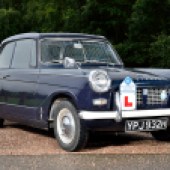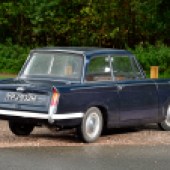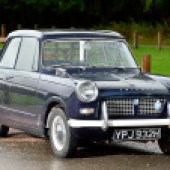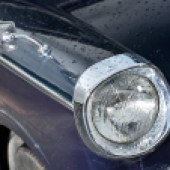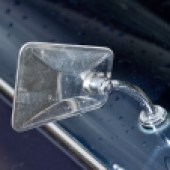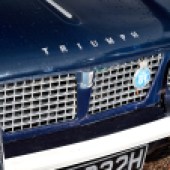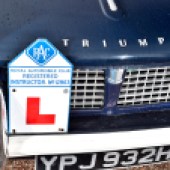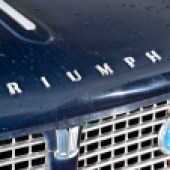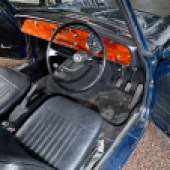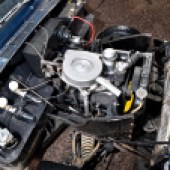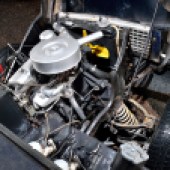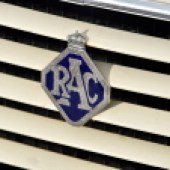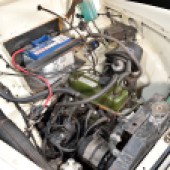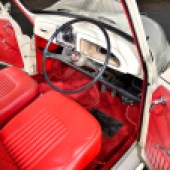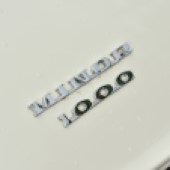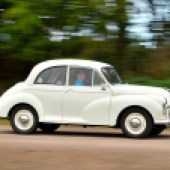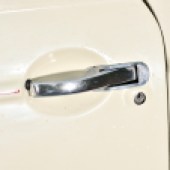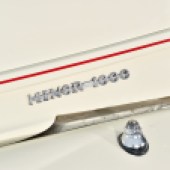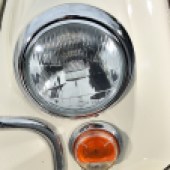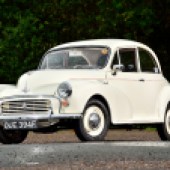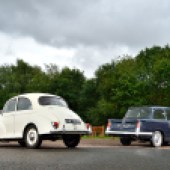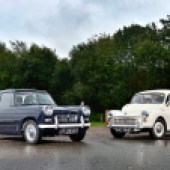We revisit two DIY-friendly classics which make as good an entry into the hobby as they did 20 years ago. But which is the easiest to own?
Words: Nigel Clark Images: Matt Woods
Our passion for classic car ownership has been growing for many years. According to a recent survey by classic umbrella organisation the Federation of British Historic Vehicle Clubs, 500,000 people currently enjoy owning classics in the UK, while a total of over eight million say they are interested in classics. Impressive figures indeed, and these numbers must mean there are many who are just considering taking the plunge into classic ownership for the first time.
What makes the ideal first car when starting out and dipping a toe into the potentially murky waters of classic ownership? We contend that an ideal first time classic should be easy to drive, easy to maintain with good spares availability, should hold its value and last but not least, be well supported by clubs.
Our newcomer’s first classic purchase should also be affordable, lest an eye-watering price tag presents too much of a barrier to classic entry.
There are a number of ’50s and ’60s cars which meet our criteria as a first classic. Sports car such as the MG Midget or Triumph Spitfire would tick most of the boxes, but it’s the small saloon cars from this era which offer a slightly less expensive entry point. And of the many postwar saloon cars available as classics, the ubiquitous Morris Minor and eye-catching Triumph Herald stand out. We’ve lined up a pair of excellent cars, one owned by a long term classic enthusiast, and the other being the first classic for an eager newbie.
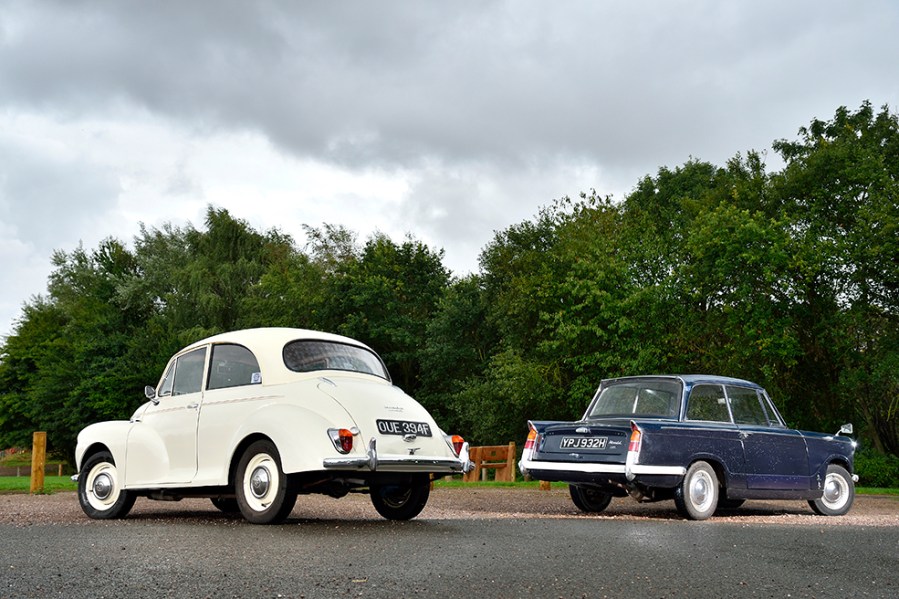
Morris Minor 1000
When launched in 1948, Alec Issigonis’ design for the Minor was radical. It was to be the first Morris with a unitary construction body and no chassis, the front independent suspension was sprung by torsion bars and steering was by rack and pinion when most drivers had to put up with the vagueness of a steering box.
At the back, the leaf springs and live axle were more conventional, as were the all-round drum brakes. The Minor’s first powerplant was less than modern, the 918cc side valve having been carried over almost unchanged from the prewar Morris 8, with just enough power to wheeze its way to a top speed of 58mph.
Underpowered perhaps, but the Minor was an immediate sales success. It was updated regularly during its impressive 23-year production run and by 1960 it became the first British car ever to sell a million. In 1953 the first A-Series overhead valve engine was fitted, though at just 803cc capacity, the performance improvement was modest.
The A-Series was stretched twice during the Minor’s lifetime, to 948cc in 1956 and finally to 1,098cc and 45bhp from 1962. The earliest cars are prized by Minor aficionados but lack the power to cope in busy modern traffic. For a newcomer to the classic car scene, the post ’62 cars with the larger engine are the better bet, so it’s fortunate these models are also the most numerous today. Another Minor advantage is the range of body styles available, from two or four-door saloons to the practical timber-clad Traveller estate, a pretty convertible and even a van and pickup truck.
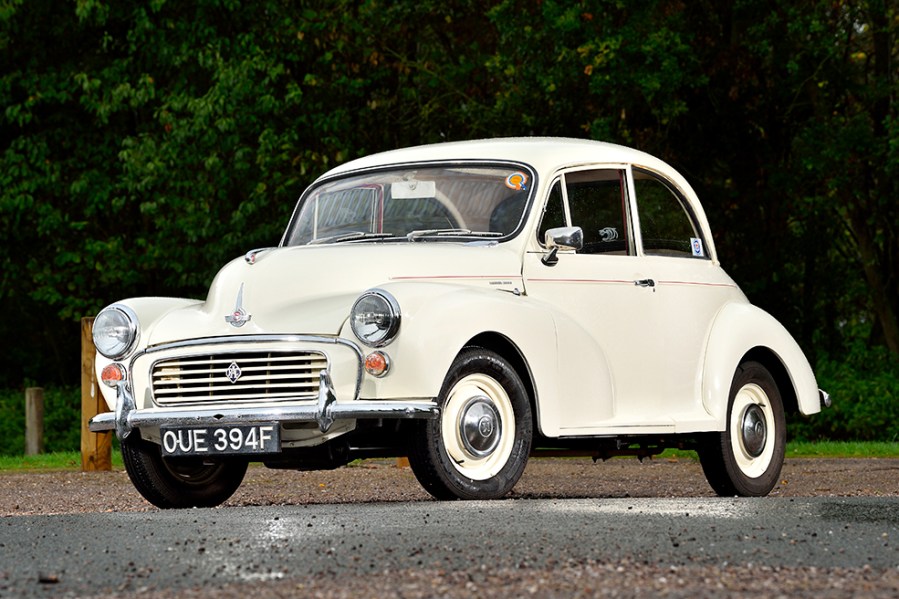
Our photo shoot car is a two-door saloon from 1968, looking resplendent in Old English White. It’s exactly the type of Minor we believe should appeal to a classic newbie. Owner Tracey Buckingham bought her Morris nearly three years ago from a vicar’s wife, who had used it to ferry her children around. It’s Tracey’s first-ever classic and she says: “it was so important to choose a car with excellent club support. The members of the Morris Minor Owners Club have been fantastic, they always help with spares or if there’s a breakdown.” That’s top advice for any would-be classic owner.
The car had been restored by well-known Minor specialist Charles Ware for its previous owner about 15 years ago, but for the two years before moving into Tracey’s ownership, it stood unused beneath a tree. This clearly didn’t do the car any favours and Tracey had to get the braking system overhauled, new shock absorbers fitted and a crossmember needed welding in order to gain an MoT.
Since then, Tracey says she’s been learning to work on the car and has replaced the fuel pump, carpets and parcel shelf. It’s proving to be a car on which a novice mechanic can readily pick up new skills.
Tracey likes to drive her Minor “every weekend and sometimes for weekday commutes to work,” so it’s a rare for a week to go by without the car being used, and she reckons to clock up close to 5000 miles each year. Morris Minor Owners’ Club runs make up a large part of her total mileage, with the club’s annual National Rally and a recent trip to Holland being firm favourites.
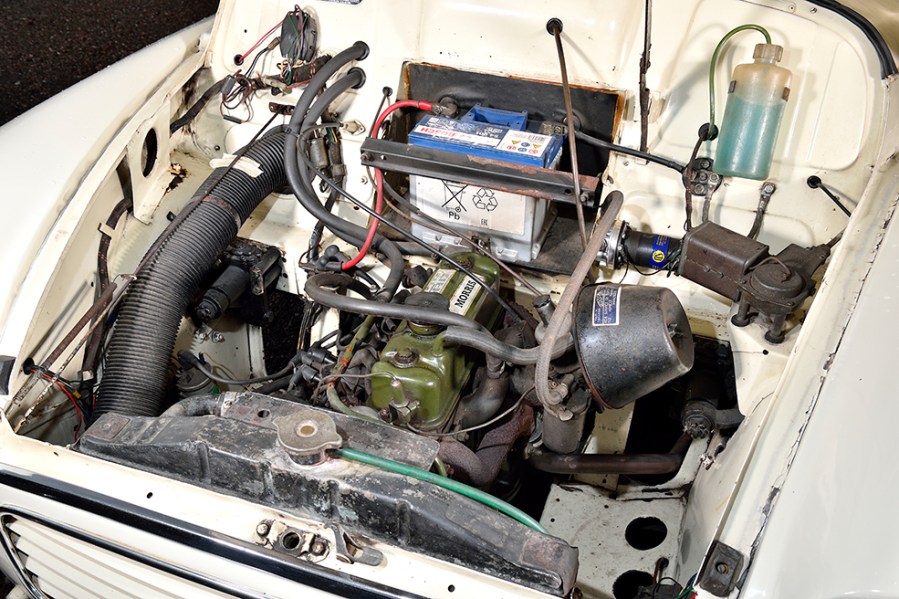
Sit in the driver’s seat of the jelly-mould shaped Morris and though it’s small, the glass area is sufficient that there’s no feeling of being cramped or claustrophobic; indeed the front is reasonably spacious for a small car. However, rear seat leg room is quite restricted, suitable only for children or very short journeys. Visibility is good and it’s easy to know the location of each corner and place the car precisely on the road.
Moving off, the steering is light and sharp, while the A-Series engine nips smartly through the gears, courtesy of a long but precise lever. There’s the typical Minor 1000 rasp from the exhaust on the overrun and the drum brakes are perfectly adequate for such a light car. Its comfortable cruising speed may only be a leisurely 55mph but the car is capable of continuing all day long without fuss.
The Minor perfectly typifies motoring as it was in the ’60s. It’s such a fun little car, it’s the stuff of memories and in addition to being such a practical starter classic, its endearing nature means it would be easy to form a long-term attachment to a Moggie.

Triumph Herald 1200
The Herald was an important car for Standard Triumph when launched in 1959. Sales of the company’s previous Standard 8 and 10 range had been eclipsed by the Morris Minor, and the Coventry factory was missing out on a slice of the fast-growing small saloon car market.
Unmistakable finned styling courtesy of Giovanni Michelotti’s Italian design studio gave the new Herald a bang up-to-date look. Under the skin the Herald was a bewildering mixture of old and new, with a 948cc overhead valve engine mounted in a chassis which unusually provided independent suspension for all four wheels.
The use of a separate chassis seemed a strange move, when almost every other manufacturer was choosing the benefits of light weight, strength and lower cost on offer from unitary construction. However Triumph was hampered by supply chain difficulties, forcing the use of a bolt-up body on a rigid chassis frame.
Today, the Herald’s old fashioned chassis has advantages for classic owners: the one-piece front end makes for superb access to the engine bay for maintenance, and the body and chassis are simpler to restore than an equivalent unitary construction vehicle.

At the front there’s a class-leading twin wishbone suspension setup with rack and pinion steering. Rear independent suspension came via a swing-axle design with a transversely mounted leaf spring. Good news and bad news as it turned out, since although the rear suspension was indeed independent, handling at the limit was found to be unpredictable compared to an old-fashioned live axle arrangement.
Drum brakes were fitted all round to the earliest Heralds, with front discs offered as an option before becoming standard on later models.
Like the Minor, the Herald saw the engine stretched in capacity, to 1147cc in ‘1200’ models and eventually to 1296cc for the 13/60. Also like the Morris, various body styles were available including a convertible, though a four-door version was never produced for the UK market.
Calvin Packwood’s Herald is a middle-of-the-range 1969 1200 saloon, completely representative of what a new classic owner might choose. Calvin has a long history of owning Triumph cars and speaks highly of the Triumph Sports Six Club; he’s been a member for many years and covered many miles in a range of Triumphs attending the club’s events.
He bought his Herald just over a year ago when “looking for a car to do up and sell” but found he loved this one so much he wanted to keep it. That’s easy to understand when he explains this is an unrestored, near-immaculate survivor with just 41,000 miles from new.
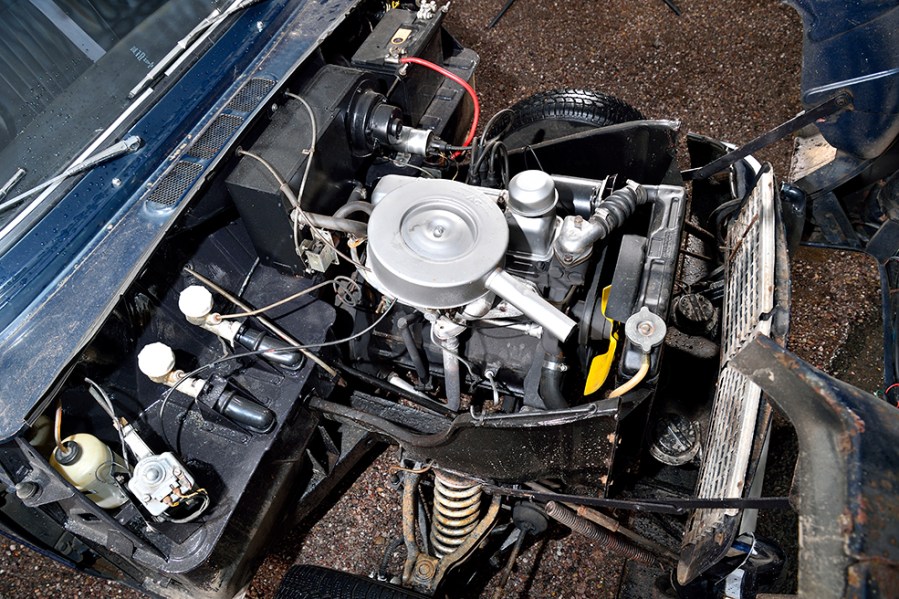
Asked what he’s needed to do to maintain his Herald, Calvin explains “I’ve serviced it, changed the engine mounts and replaced the rear window rubber seals. It hasn’t needed anything else apart from polishing!” He uses it regularly, preferring it to his Spitfire in wet weather. So often have passers-by commented “I learned to drive in one of those,” that he bought a pair of driving school L-plates to display at shows!
Sitting in the Herald, it feels spacious and is indeed a bit bigger than the Minor. It’s also very airy due to the huge glass area, allowing visibility unrivalled by modern designs. There’s a full-width wood veneer dash, a touch of luxury absent from the Minor’s more spartan interior. Setting off for a short test drive, the steering is as light and precise as the Minor.
Pulling away, the engine feels nippy enough and the car rides comfortably, though no doubt it would need to work hard to keep up with modern traffic. A cruising speed of 60mph is fine, with the little four-pot motor humming smoothly up front. As mentioned, handling on the limit from the swing axle rear suspension attracted criticism back in the 1960s but in reality, the Herald is perfectly stable and poised at any reasonable speed.
The Herald’s design originates from the late 1950s, a decade later than the Minor and this is obvious from the styling and interior space. Like the Morris, there’s no question that a good Herald will make an excellent first classic that could easily become a long term ownership proposition.
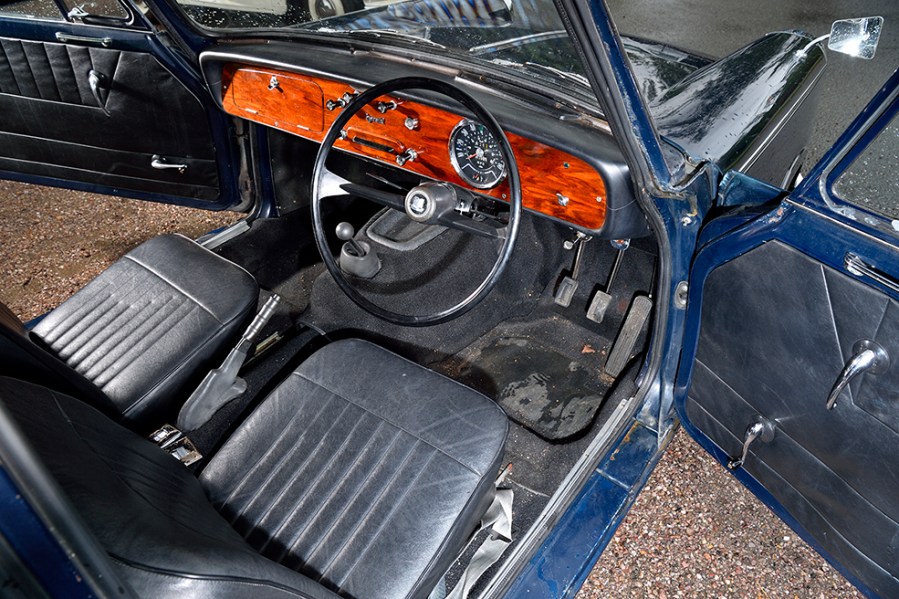
Morris Minor vs Triumph Herald: our verdict
This is tough: the Minor and the Herald are both winners. These cars are supported by some of the best clubs in the country plus parts supply is outstanding. Neither car is ruinously expensive to buy, though the Herald is slightly cheaper.
The Herald is also slightly easier for DIY mechanics to service at home due to its one-piece front end, and it offers more interior space, though the margins are small. The Minor displays a ‘cuteness’ the Herald just can’t match; it’s simply a matter of personal preference. Buy a good example of either car and start enjoying classic motoring.


